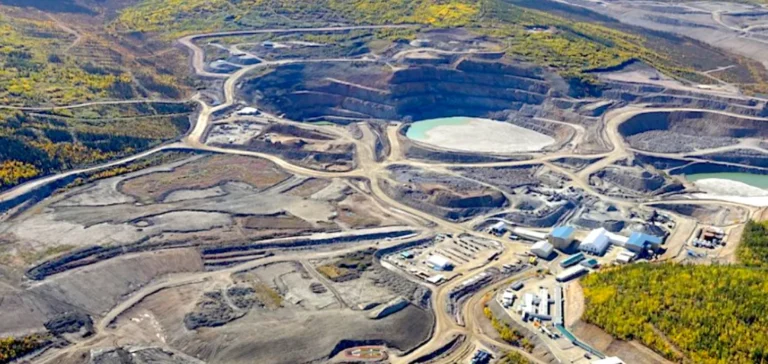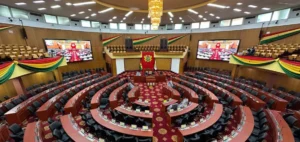The Government of Canada has opened a call for proposals under the Critical Minerals Infrastructure Fund (CMIF), aimed at supporting Indigenous engagement in clean energy and critical mineral extraction projects. The programme will provide up to CAD3 million ($2.20mn) in grants for initiatives led by Indigenous organisations or partnerships involving Indigenous communities.
This measure falls under the “Indigenous Grants” stream of the CMIF, part of the federal plan to strengthen the critical minerals supply chain. Funding may reach up to CAD150,000 ($110,000) per organisation, and up to CAD200,000 ($146,000) for projects located in northern or remote communities.
Economic objectives and selection criteria
The fund is intended to facilitate the involvement of First Nations, Inuit and Métis in development and infrastructure projects linked to critical minerals. Grants will be awarded based on several criteria, including the ability of proposals to generate economic benefits for Indigenous communities, the status of the relevant projects, and geographic distribution of the funds.
Projects must demonstrate a direct connection to critical mineral development or associated energy infrastructure. Applicants must also outline the expected benefits for the Indigenous populations involved.
Timeline and scope of initiatives
Applications must be submitted by 11:59 p.m. (PST) on December 17, 2025. The programme is part of a broader Canadian government strategy to ensure stable domestic supplies of critical resources essential to sectors such as energy, manufacturing, and advanced technologies.
The proximity of Indigenous communities to many mining sites and their role in regulatory consultation processes make them key stakeholders in the execution of infrastructure projects tied to critical minerals.






















